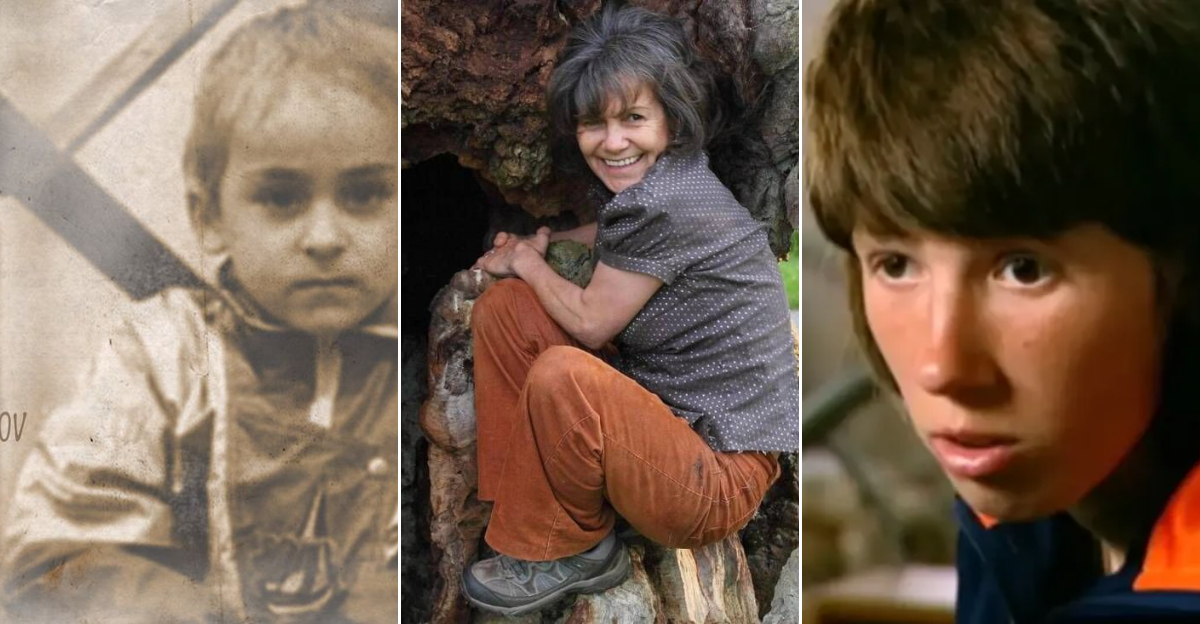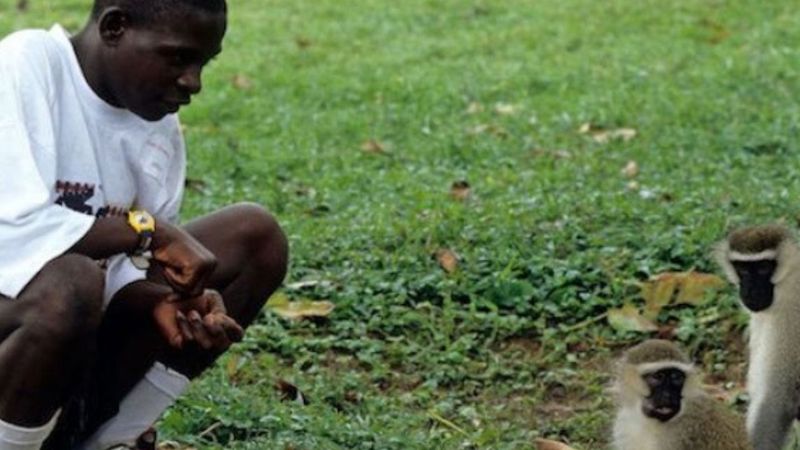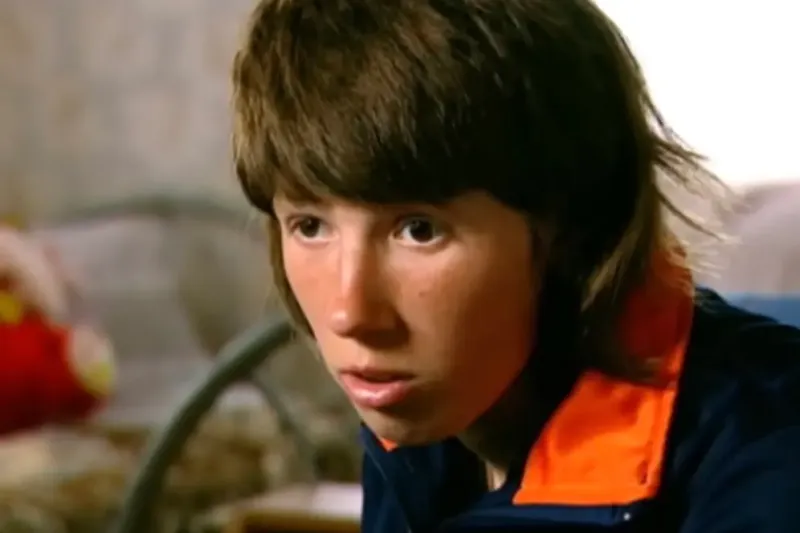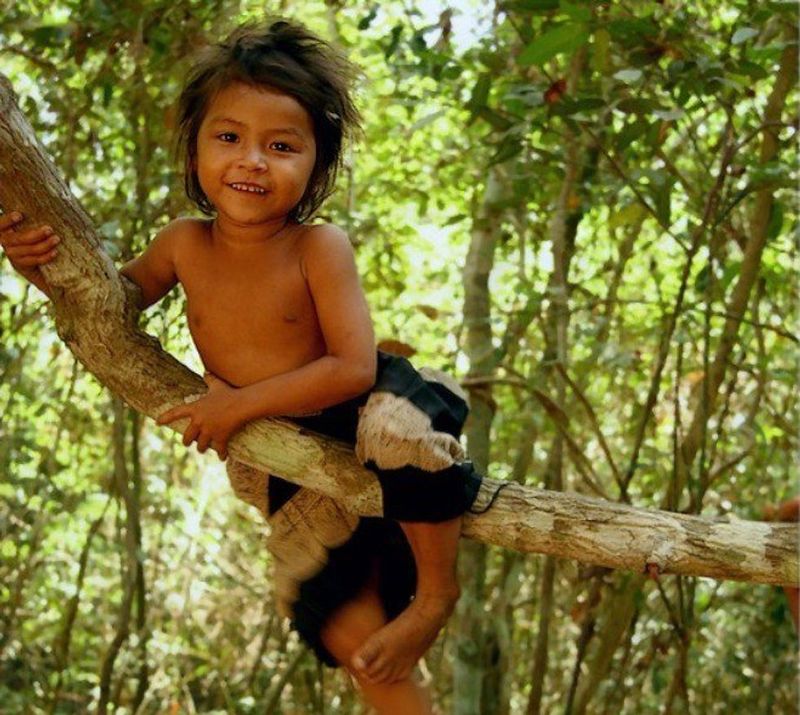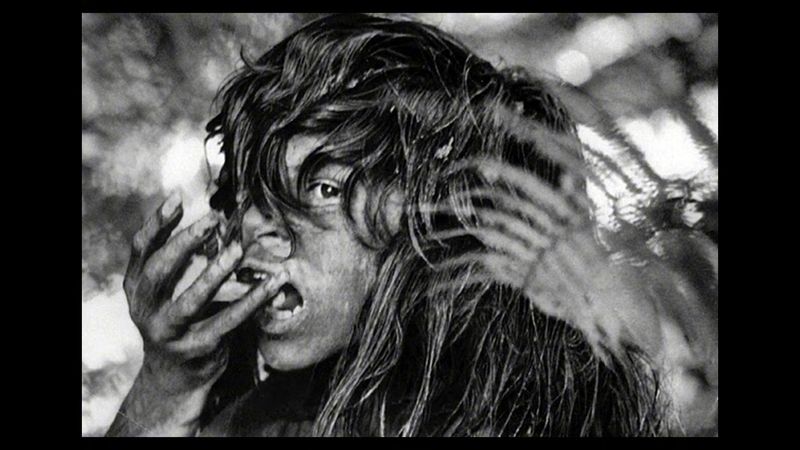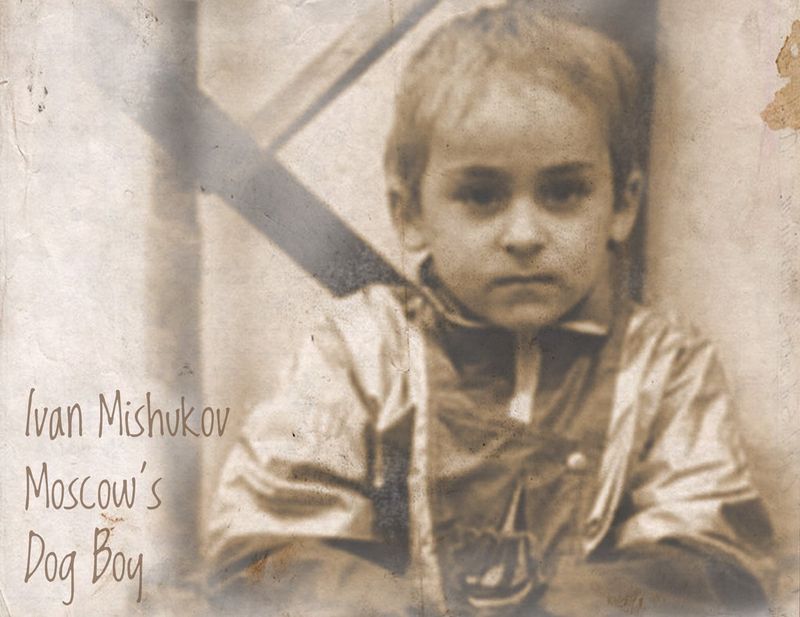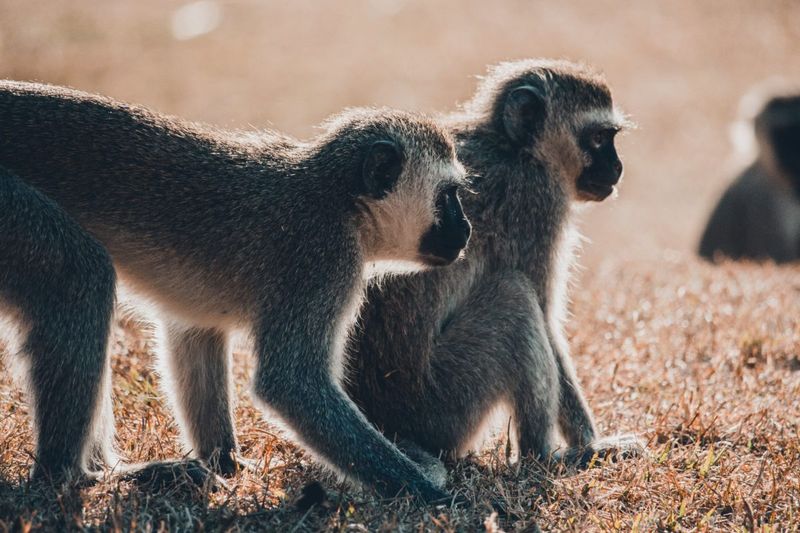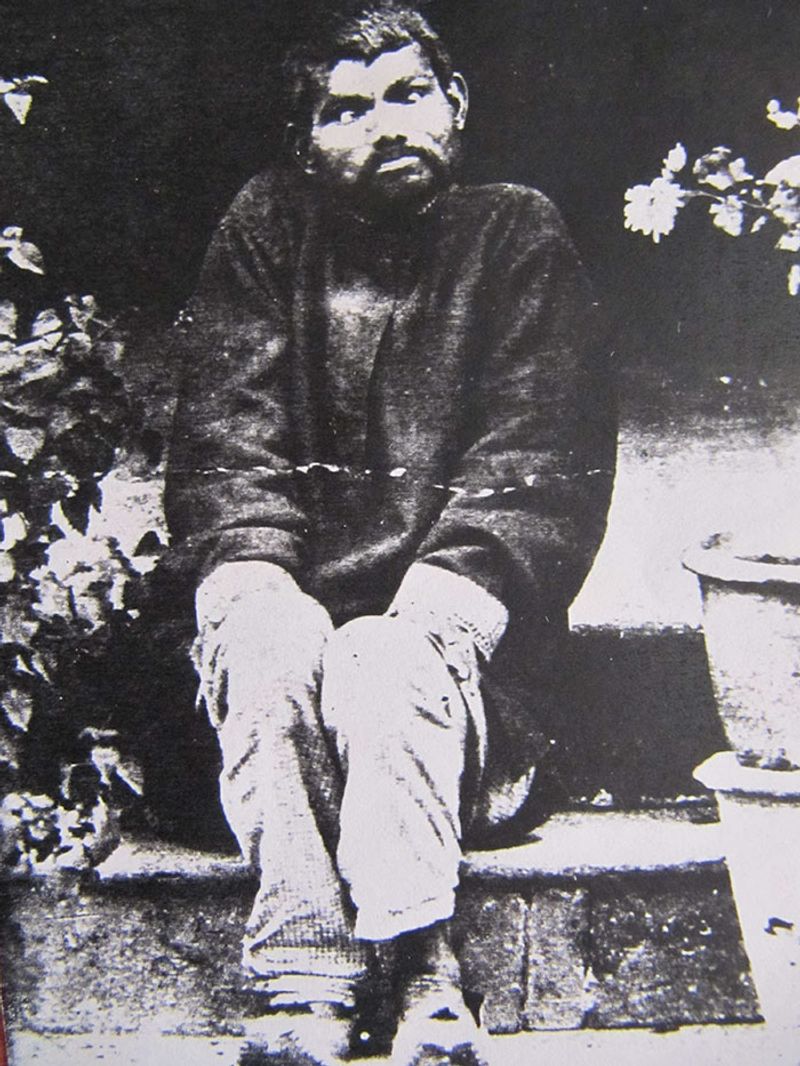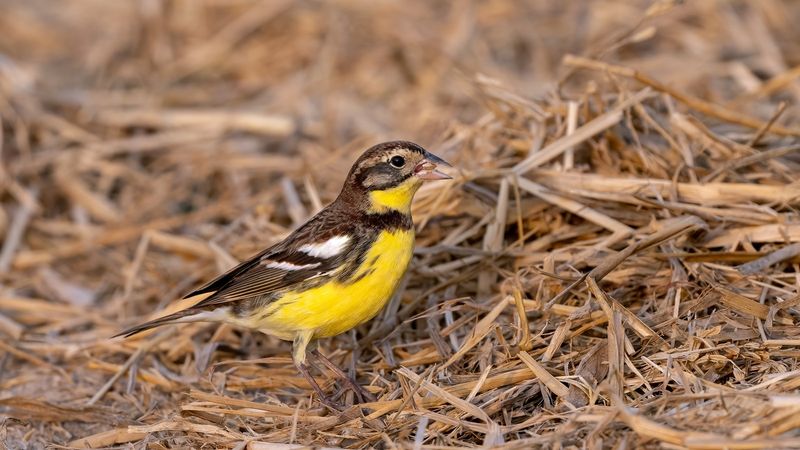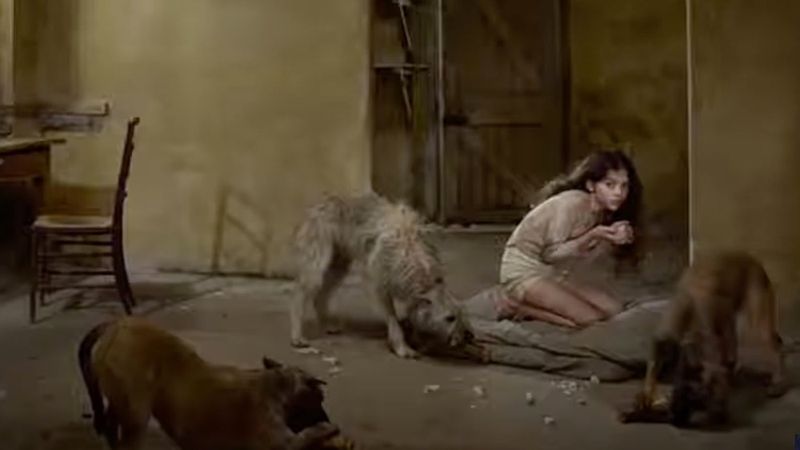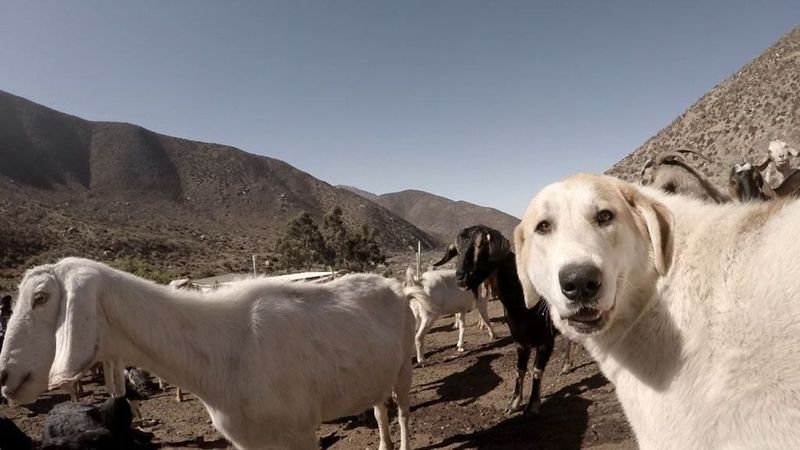We’ve all heard the story of Tarzan—the orphaned boy raised by apes in the African jungle. But what if we told you similar stories have actually happened in real life? Across history, there have been astonishing cases of children abandoned or lost in the wild, only to survive—sometimes for years—with the help of animals. These real-life “Tarzans” defy logic, blending tragedy, survival, and the strange bonds that can form between humans and beasts. Here are 12 true stories of people who were raised by wild animals—and lived to tell the tale.
1. John Ssebunya
John Ssebunya, also known as the Ugandan Monkey Boy, fled into the wild after a horrifying family tragedy. At just 3 years old, he witnessed his father committing an unthinkable act and sought refuge in the jungle. There, vervet monkeys took him under their care, teaching him the ways of the wild. When discovered years later, John’s behaviors were remarkably similar to his primate companions. His story illustrates the deep connections that can form between humans and animals in extraordinary circumstances.
2. Marina Chapman
In the 1950s, Marina Chapman was kidnapped and abandoned in a Colombian jungle at the tender age of five. She found herself in the company of capuchin monkeys, who became her unlikely family. Marina adapted to their way of life, mastering the art of climbing and foraging. Her survival story is a testament to the resilience of the human spirit. Later rescued and adopted, her life was chronicled in the memoir “The Girl With No Name.” Her experiences shed light on the fascinating, albeit tragic, phenomenon of feral children.
3. Oxana Malaya
Neglected by her alcoholic parents, Oxana Malaya found solace in the company of dogs. At the age of 3, she crawled into their kennel for warmth and companionship, never imagining the years she would spend there. By the time she was discovered at age 8, Oxana had adopted numerous canine behaviors, from barking to walking on all fours. Her rehabilitation journey highlights the profound impact of environment on development and the remarkable ability to adapt to survive in adverse conditions.
4. Bello the Chimpanzee Boy
Bello, known as the Chimpanzee Boy, was abandoned as an infant and found solace among chimpanzees in Nigeria’s Falgore Forest. When discovered at age 2, he exhibited behaviors typical of his chimp companions, such as leaping and knuckle-walking. Although Bello never fully integrated into human society, he spent his life in a care facility, where he remained until his passing in 2005. His story is a poignant example of the instincts for survival and the bonds that can form across species.
5. Rochom P’ngieng
Rochom P’ngieng, Cambodia’s Jungle Girl, vanished at age 8 while herding buffalo, only to reappear 19 years later. Her return was shrouded in mystery, as she emerged from the jungle naked and exhibiting feral traits. The local community was captivated by her survival story, although debates arose about the extent of her feral life. Rochom’s journey is a fascinating glimpse into the human spirit’s determination and the mysteries that linger in the wild, even as her true experiences remain partly speculative.
6. Amala and Kamala
In the 1920s, the tale of Amala and Kamala, the Indian Wolf Children, captured hearts and minds. Discovered in a wolf den, the girls exhibited behaviors like howling and walking on all fours. Their case became a touchstone in discussions about feral children, though skepticism about its authenticity grew over time. Despite doubts, the story of Amala and Kamala remains a haunting glimpse into the blurred lines between human and animal behavior, challenging the boundaries of our understanding.
7. Ivan Mishukov
Young Ivan Mishukov’s life took a dramatic turn when he ran away from his abusive home at age 4. He found an unexpected community among a pack of stray dogs in Moscow, earning their trust by sharing food. Remarkably, Ivan became their “alpha” leader. Upon his capture at age 6, his retained language skills facilitated his reintegration into society. Ivan’s story highlights the resilience of children and the unusual bonds that can develop between humans and animals when circumstances call for survival.
8. Saturday Mthiyane
Saturday Mthiyane’s discovery in 1987 in South Africa was a testament to the adaptability of children in extreme situations. Found living among vervet monkeys at age 5, Saturday manifested aggressive behaviors and lacked speech. Despite never fully recovering socially, his story emphasizes the enduring human spirit. Saturday’s experience underscores the profound influence of environmental factors on development, and the innate ability to adjust for survival, even when faced with daunting challenges.
9. Dina Sanichar
Dina Sanichar, often called India’s “Real-Life Mowgli,” was discovered in the 1860s in a wolf’s den. His wolf-like behaviors—walking on all fours and growling—fascinated those who found him. Despite being raised in an orphanage, Dina never learned to speak and exhibited cognitive delays. His life remains one of the most cited cases of feral children, sparking discussions about nature versus nurture, and the deep-seated instincts that can define a child’s development in the wild.
10. Ramachandra
Ramachandra, known as the Indian Bird Boy, was a remarkable case of feral adaptation. Found in the 1970s, he reportedly imitated birds, chirping and flapping his arms. His time among the birds remains a subject of debate, with some questioning the extent of his feral behaviors. Nonetheless, Ramachandra’s story offers a unique perspective on the flexibility of human behavior and the influence of environment on a child’s development, blending curiosity with the wild’s mysteries.
11. Madina
Madina’s story is one of resilience and hope. Neglected by her parents, she found comfort with the family’s German Shepherds. At age 3, she was discovered displaying canine behaviors, such as barking and eating like a dog. Unlike many feral children, Madina responded well to care and began her journey to normalcy by attending school. Her story showcases the potential for recovery and adaptation, even when a child’s formative years are spent in such unconventional and challenging circumstances.
12. Daniel the Andes Goat Boy
Daniel, known as the Andes Goat Boy, survived an astonishing eight years in the mountains after being abandoned at age 12. Living with goats, he drank their milk and found warmth among them. His story, verified by rescuers, stands as one of the longest known cases of animal-assisted survival. Daniel’s tale is a testament to human adaptability and the unexpected alliances that can form in the face of adversity, offering a unique glimpse into survival against the odds.
